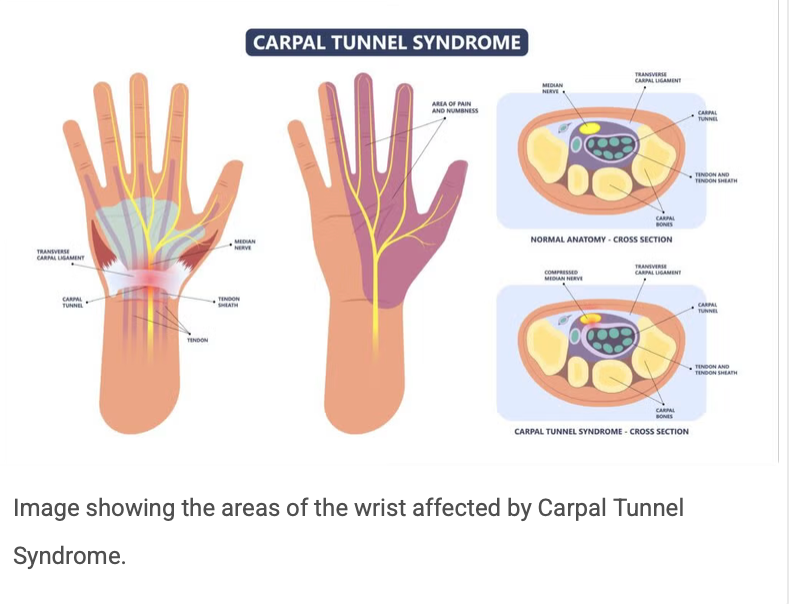October is Physical Therapy Month!
- Elizabeth Olley
- Oct 12, 2022
- 3 min read

According to the Department of Health and Human Services Facts & Statistics on physical activity, more than 80% of American adults do not get enough physical activity despite the proven benefits, such as a reduced risk of some cancers and chronic diseases, as well as improved bone health, cognitive function, weight control, and quality of life. As a result, half of adults — 117 million people — have one or more chronic diseases. The good news is that regular physical activity can help prevent and improve many chronic conditions.
Barriers to movement and physical activity can be small or large, real or perceived. Whatever barriers may be preventing you from enjoying the many important health benefits of physical activity, physical therapists will partner with you to create a safe and effective program to get you moving. Physical therapists are movement experts who improve quality of life through hands-on care, patient education, and prescribed movement. Using the latest evidence, physical therapists design physical activity plans for people of all ages and abilities specific to your needs, challenges, and goals.
Physical therapists and physical therapist assistants work together, and collaborate with other members of your health care team, to maximize your movement and empower you to be an active participant in your care.
Do you feel like you get enough physical activity?
YES!
I Could Do Better
11 Barriers to physical activity and how to overcome them
1. It’s too late to start...
It’s never too late to get moving. Getting the recommended amount of physical
activity can help you manage stress, improve memory and brain function, avoid chronic disease, and much more.
2. It hurts when I …
Pain is one of the most common reasons people seek health care. A
physical therapist can help you move better and modify exercises and activities into your routine that can help with pain and help you to exercise without pain.
3. I don’t have time.
Life gets busy but, some physical activity is better than nothing. Try to fit
in a few short bursts of physical activity a few times a day for a total of 30 minutes. Make sure that the activity increases your heart rate. Determine when it makes the most sense to fit small
amounts of physical activity into your daily routine.
4. I don’t have access to a gym or equipment.
There are plenty of activities that you can do in your own home that require no equipment at all. . Dancing, jogging, walking, climbing stairs, and gardening are all
examples of physical activity that you can do without any equipment. You can do exercises with your own body weight to help increased strength, balance and flexibility.
5. I don’t like to exercise.
There are a wide variety of exercises and various activities to choose from. Sometimes it takes some time to try different things to see what you enjoy the most.
6. I don’t know where to begin.
Start small. Incorporate a walk into your daily routine. Keep hand weights or exercise bands near your favorite chair or desk and do a couple of exercises when resting. Start setting small goals for your self and gradually increase the intensity and frequency of exercise.
7. I have a chronic disease, condition, or disability.
Movement is essential for everyone. Whether you use a wheelchair or other assistive device to get around or have mobility challenges due to a chronic condition or a prior injury, there are activities that you can do to challenge your muscles and lungs and improve your
health and quality of life. Physical therapists at experts at activity and exercise modification to help you find what works for you.
8. I’m afraid of hurting myself.
A physical therapist can help you identify a safe and effective physical activity plan for your age
and ability that addresses your fears and helps you reach your goals.
9. I feel out of breath when I exercise even
a little bit.
It is normal to feel a bit winded when doing physical activities in which you exert yourself more than usual. It’s a sign that you’ve raised your heart rate. If you worry for any reason that physical activity will be unsafe, contact a physical therapist before you begin. After an evaluation, a physical therapist can work with you to find the right duration and type of physical
activity to improve your stamina and overall health.
10. I have no energy to exercise.
Research shows that exercise boosts energy levels. Physical activity helps deliver oxygen and nutrients to our tissues and vascular system, and other body functions work more efficiently. Physical activity also improves brain function and mental health, lowers anxiety, promotes better sleep, and aids in weight management. All of these enhance our energy and
lead to feelings of well-being.
11. I work out all the time but can’t reach my goal.
Finding the right plan for you is essential to your success. If you are having trouble meeting strength and conditioning goals, despite your best effort, a physical therapist can work with you to identify any issues and design a program to maximize your movement and enhance performance.
Information sourced from www.apta.org





Comments